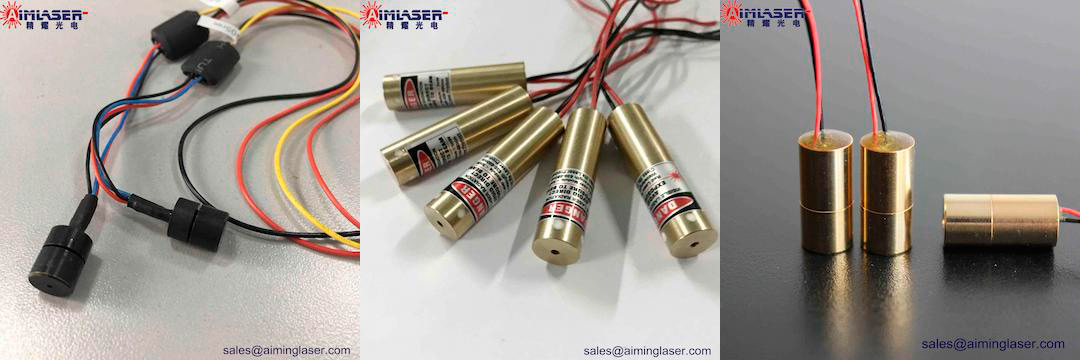There are many ways to classify semiconductor lasers. On the basis of the wavelength can be divided into the far-infrared laser, near-infrared laser, visible laser, ultraviolet laser, and other categories. Visible semiconductor lasers (wavelength 400~700 nm) are one of the important categories. The blue semiconductor laser is a semiconductor laser whose output wavelength is in the range of 400-500 nm.

(1) Blue light laser diode, usually using gallium nitride (GaN) and related materials, the wavelength range is 400-480nm, the output power can reach tens to hundreds of milliwatts. Currently, these lasers are rarely used commercially, but their development is very rapid, and we believe that blu-ray laser diodes will continue to make significant improvements in performance and life index, and will be able to be used more widely.
(2) The helium-cadmium laser (gas laser) can radiate the light in the blue region of 441.6nm, the beam quality is very good, and the output power is several hundred milliwatts.
(3) High power optically pumped VECSELs, which are very suitable for frequency doubling laser light source with the output power of several watts or even tens of watts. However, part of the laser diode can generate the appropriate wavelength, because of its wider line width, poor beam quality is not suitable for frequency doubling. And some laser diodes can get multiple frequencies of tens of milliwatts.
(4) Using optical fiber or crystal material thulium-doped or praseodymium doped upconversion laser radiation 480nm light, usually output power in dozens of milliwatts, and the beam quality is very good.
(5) Blue light or violet light can also be generated by laser frequency doubling (laser resonator) with wavelength 800-1000nm. For example, the 946nm neodymium yttrium aluminum garnet laser can achieve several watts of output power through frequency doubling, and its beam quality is also very good.
(6) Argon ion laser, using argon plasma laser amplification, is a very good laser light source. The maximum power output is achieved when it emits 514nm of green light. The power efficiency of the laser is very low and requires a large cooling device.
Blue and violet lasers can be used in interferometers, laser printing and digital printing, data recording, laser microscopy, laser projection displays, flow cytometry, and spectral measurements. Recording data is the main driving force for the development of blu-ray laser diodes. In most cases, the development of blue and violet lasers has been driven by the development of short-wavelength lasers, thus enabling strong focusing or resolution of very fine structures in imaging applications.
In addition, copper materials are widely used in batteries, motors, power generation turbines, and some electronic components, and blue semiconductor lasers have great advantages in the processing of copper materials. If the future application process is mature, the demand for blue laser processing will be very considerable.